In medieval Europe, a period marked by superstition and a lack of scientific understanding, black cats became an unfortunate symbol of fear and superstition. To fully grasp why these animals were maligned, it’s essential to take a closer look at the societal and cultural backdrop of the era.
The Role of Superstition in Medieval Society
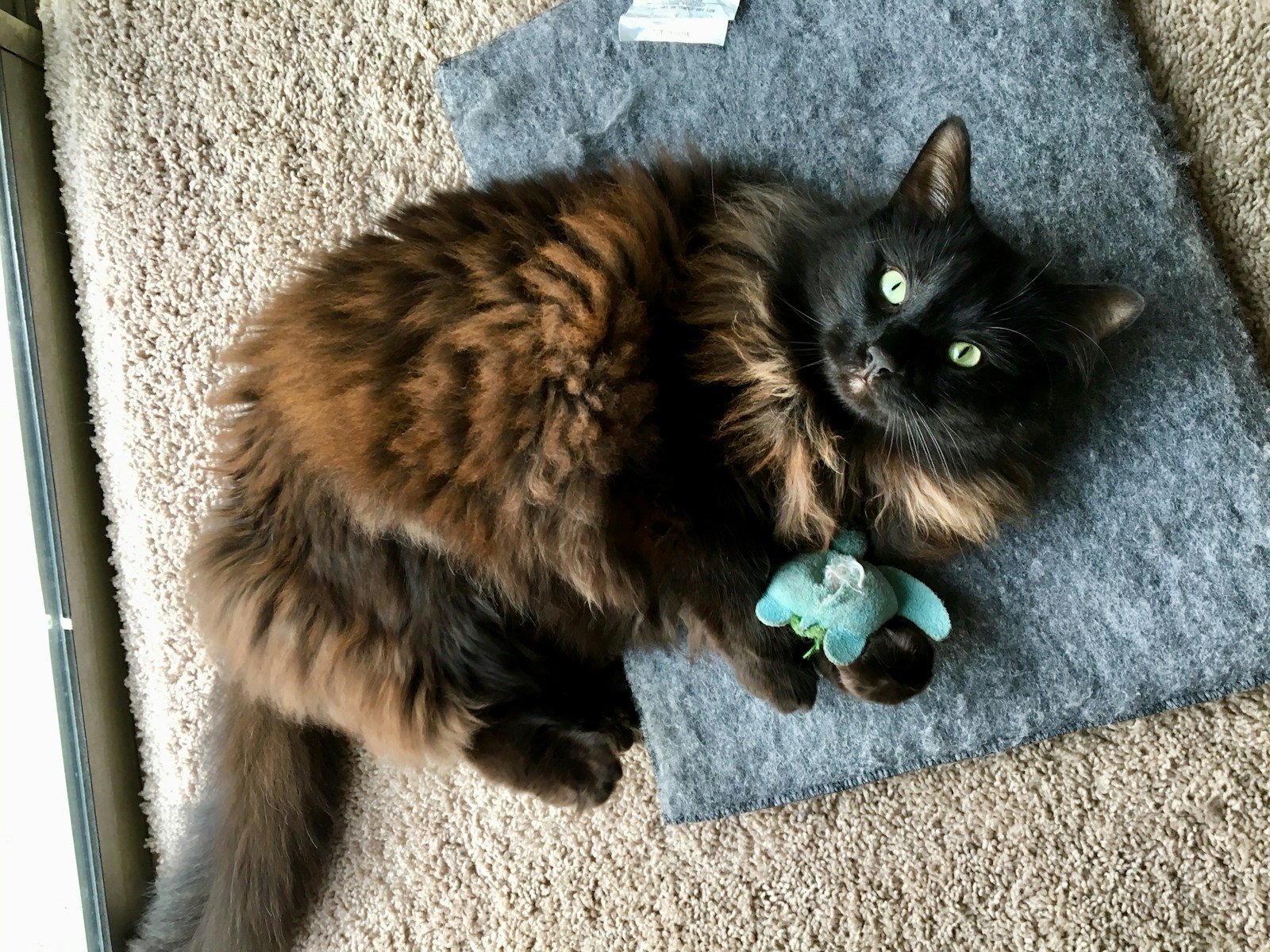
Superstition was deeply ingrained in medieval society, influencing various aspects of life. Without the benefit of scientific knowledge, people often sought explanations for unexplainable events through myths and legends. Creatures such as black cats, with their mysterious appearance, easily became subjects of these superstitions.
The Association with Witches
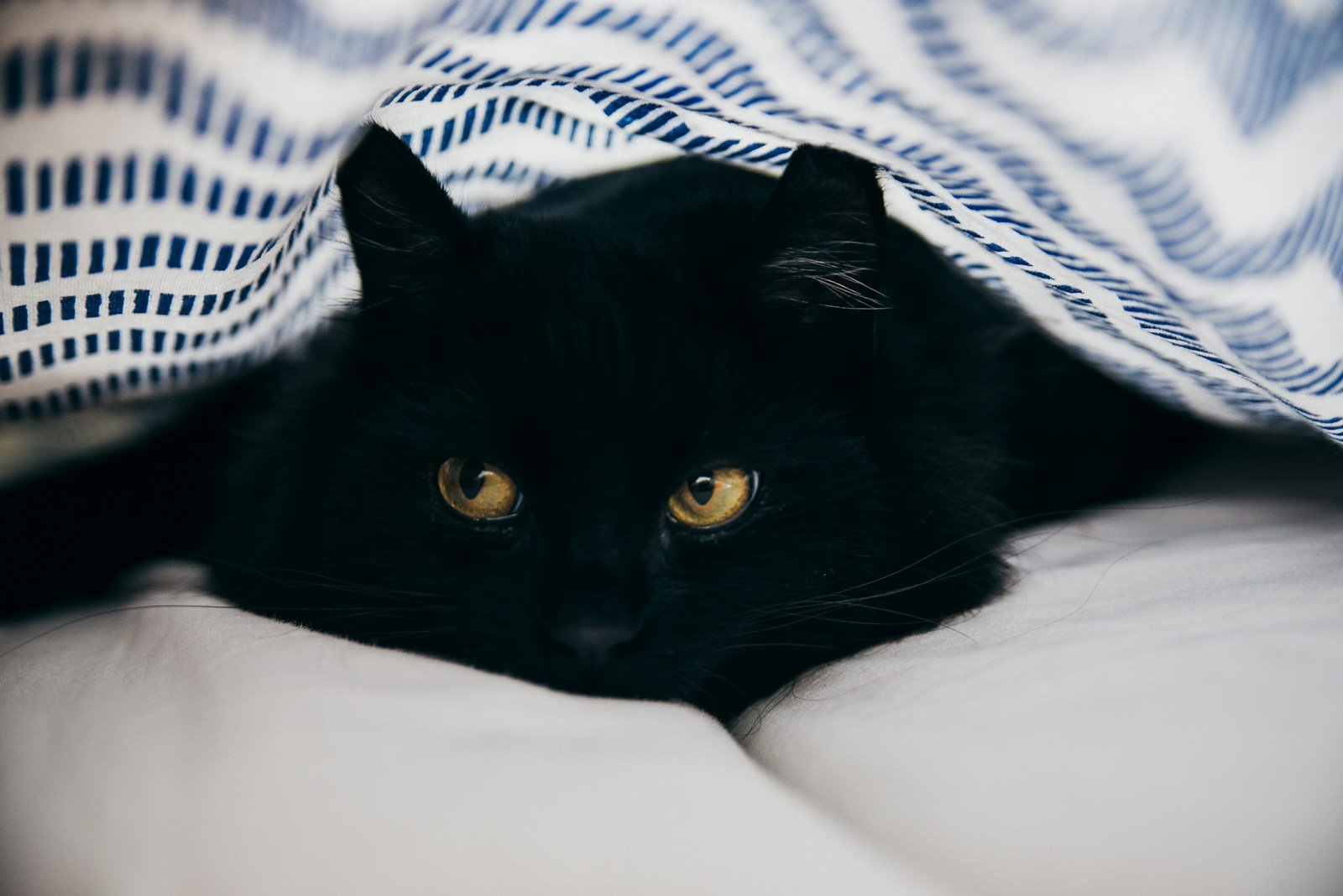
One of the key reasons black cats were feared was their association with witches. During the medieval period, witch hunts were prevalent, and any creature linked with witches was automatically deemed suspect. Black cats, often seen as the familiars of witches, were thought to assist their mystical counterparts in casting spells and performing dark magic.
The Influence of Folklore

Folklore played a significant role in shaping perceptions of black cats. Many stories depicted them as omens of bad luck or evil. These narratives were passed down through generations, reinforcing the dangerous image of black cats in the medieval mindset.
Color Symbolism
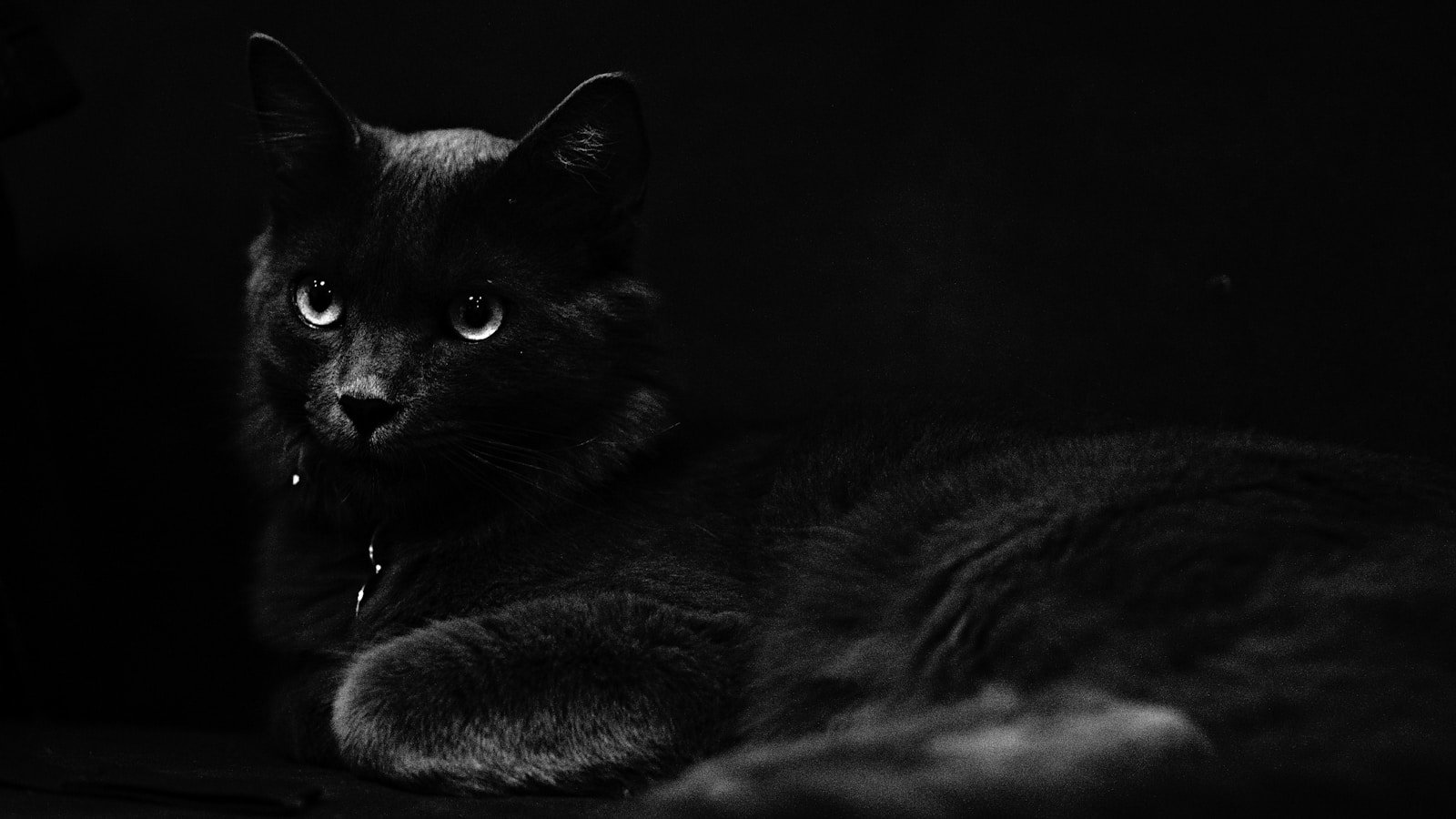
In medieval times, color carried significant meaning. The color black was often associated with darkness, death, and the unknown, making black cats seem particularly ominous. This symbolic association likely exacerbated the fear surrounding them, as anything linked with the color black was viewed with suspicion.
The Impact of Religious Teachings
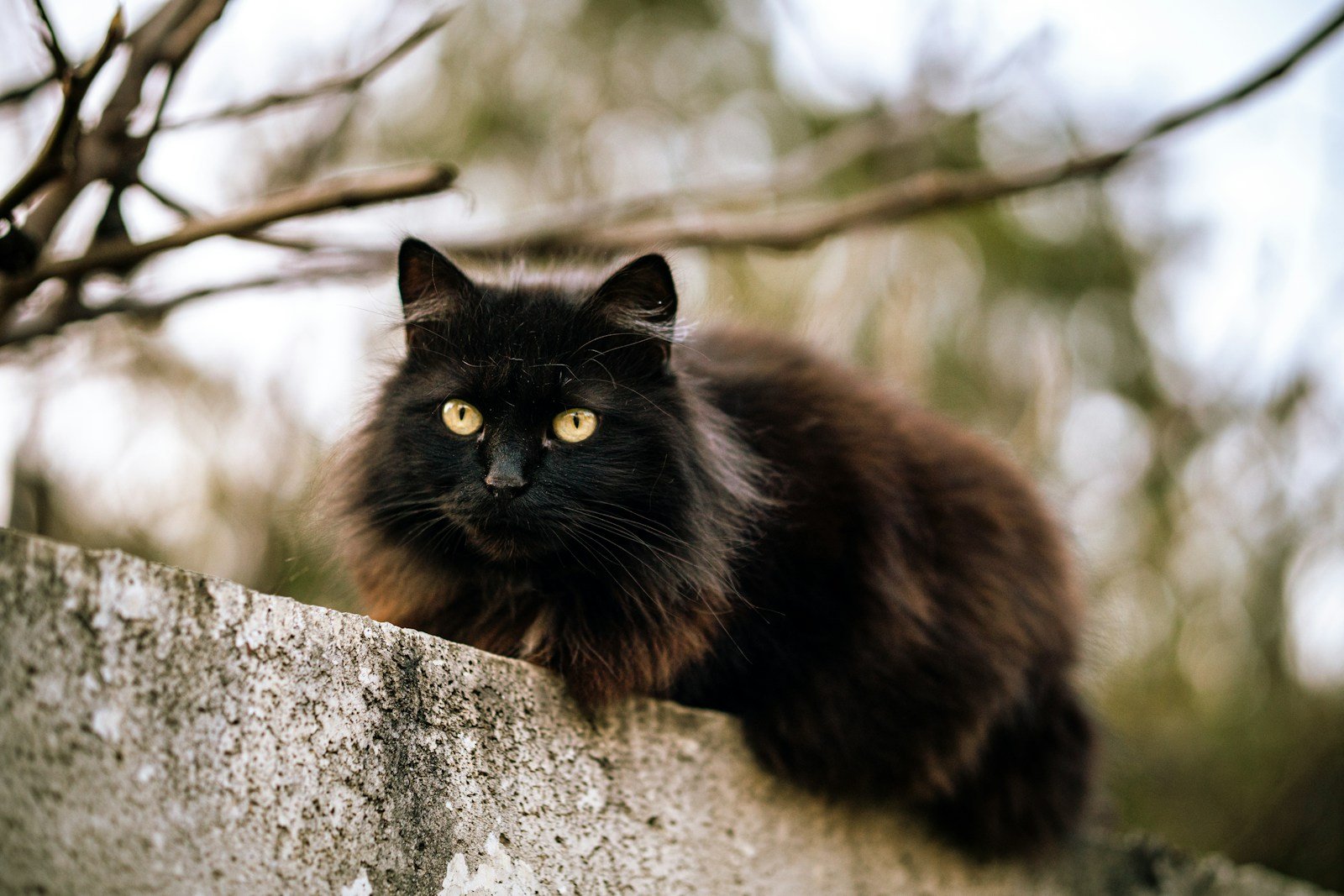
The Church wielded considerable power during the medieval period, and its teachings heavily influenced societal beliefs. Black cats, being associated with paganism and witchcraft, were viewed unfavorably by the Church. Religious texts and sermons often depicted them as servants of evil, further cementing their negative image.
The Lack of Understanding of Animals

In medieval Europe, animals were often misunderstood, and their behaviors misinterpreted. Black cats’ nighttime activities and seemingly aloof demeanor were viewed with suspicion. Without a scientific framework to understand animal behavior, these characteristics were often attributed to dark, mystical forces.
Economic and Social Turbulence
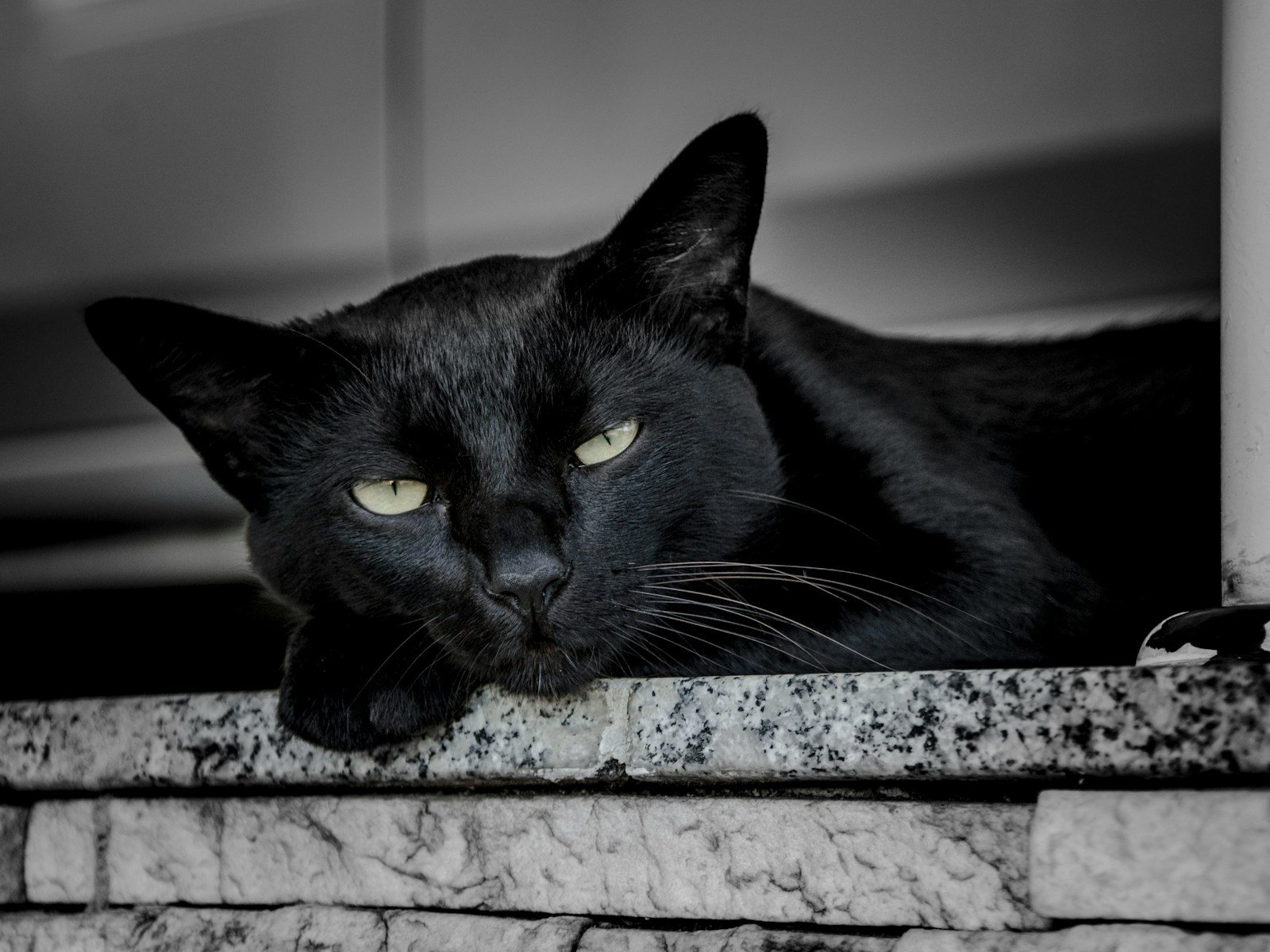
The medieval period was rife with social and economic upheaval, including famines, plagues, and wars. In such uncertain times, people sought scapegoats to blame for their misfortunes. Black cats, with their association with the supernatural, often became targets during these turbulent times.
Case Studies: Notable Incidents Involving Black Cats
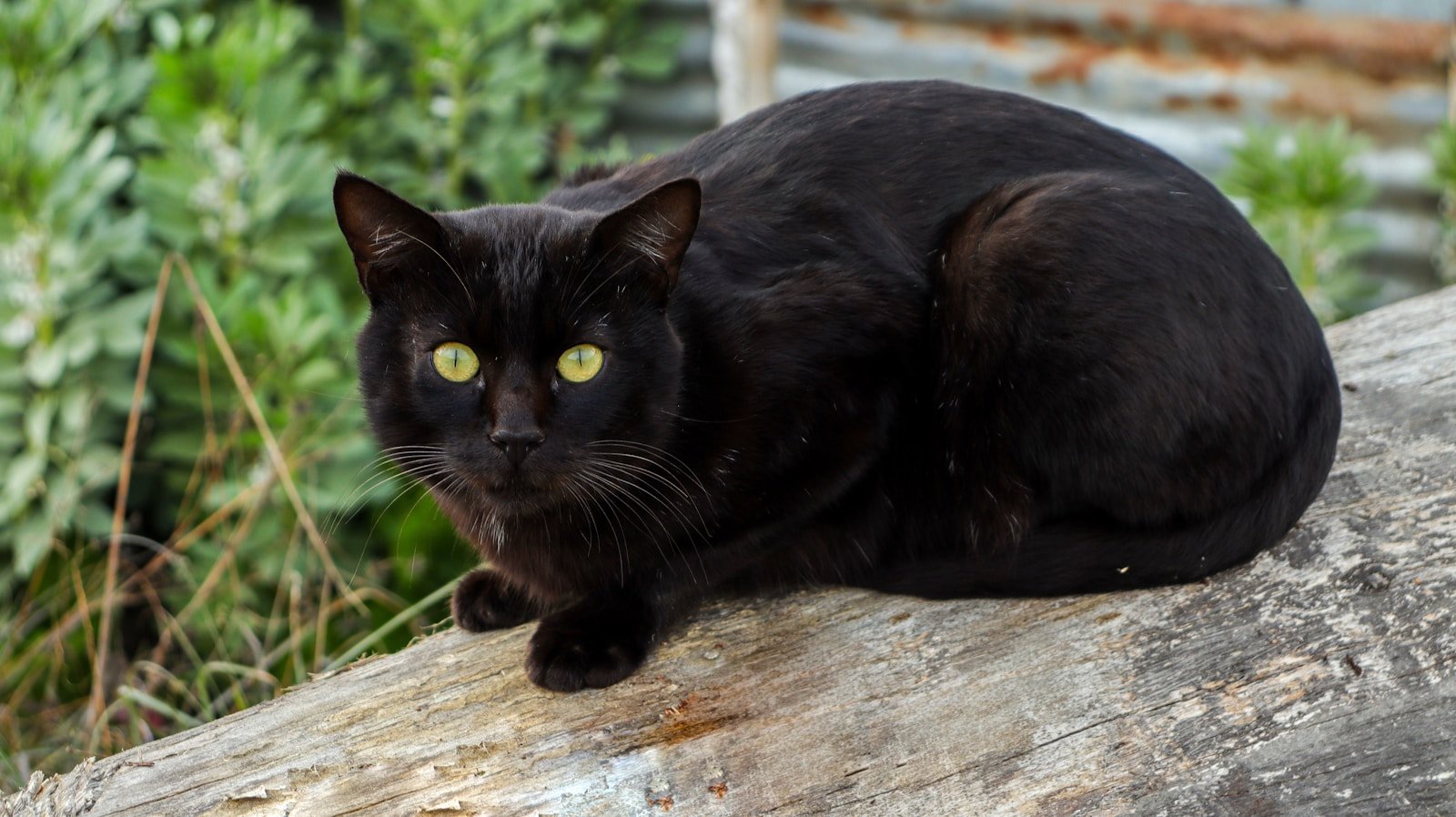
Throughout medieval Europe, there were numerous instances where black cats were persecuted alongside their human counterparts accused of witchcraft. Historical records from various regions account for mass executions of black cats, showcasing the widespread fear and superstition surrounding these animals.
The Legacy of Medieval Superstitions in Modern Times
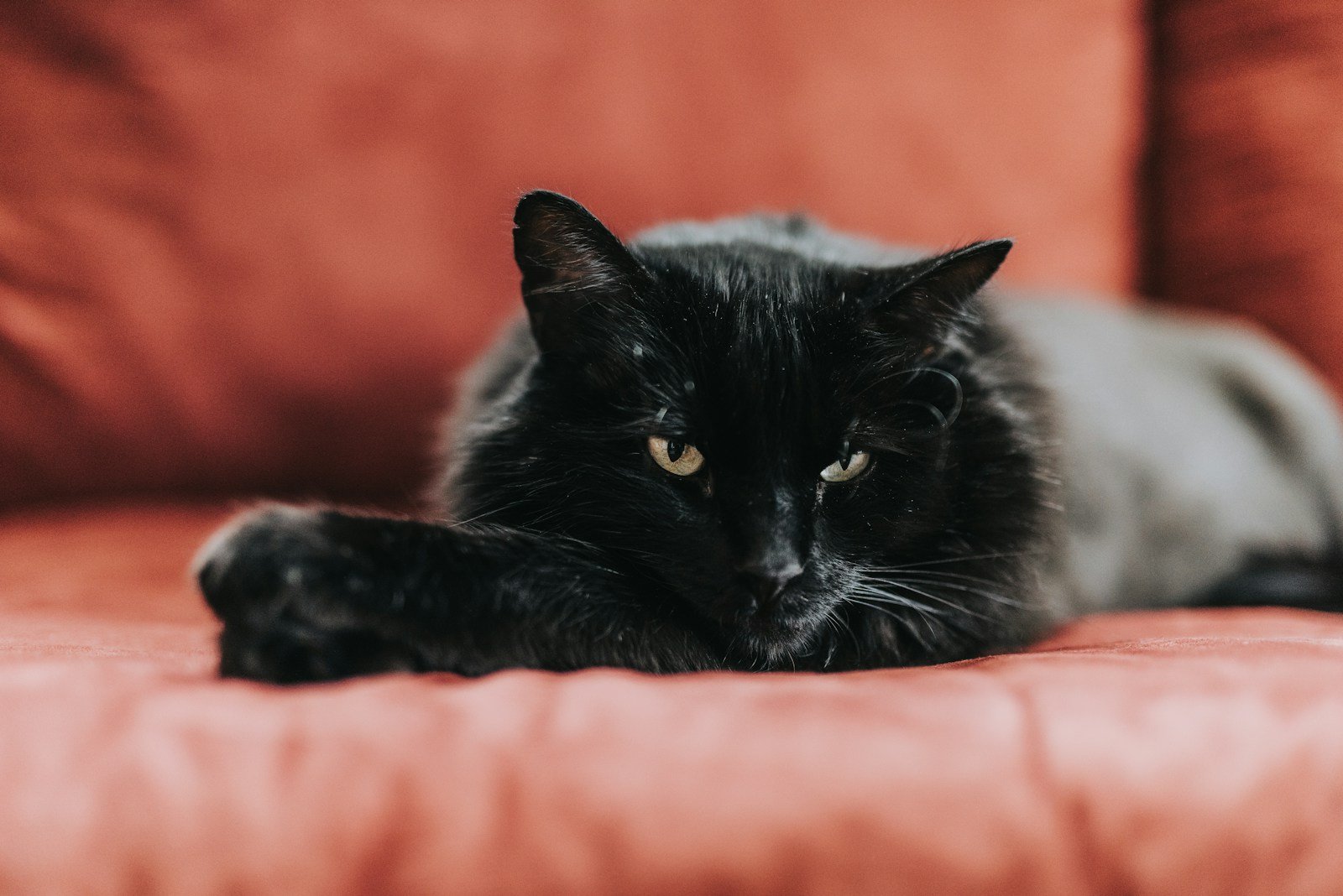
Despite significant progress in science and understanding, the fear of black cats lingers in some cultures even today. This holdover from medieval superstition continues to impact the treatment and perception of black cats, though modern efforts by animal welfare advocates strive to correct these outdated beliefs.
Conclusion: Shifting Perceptions
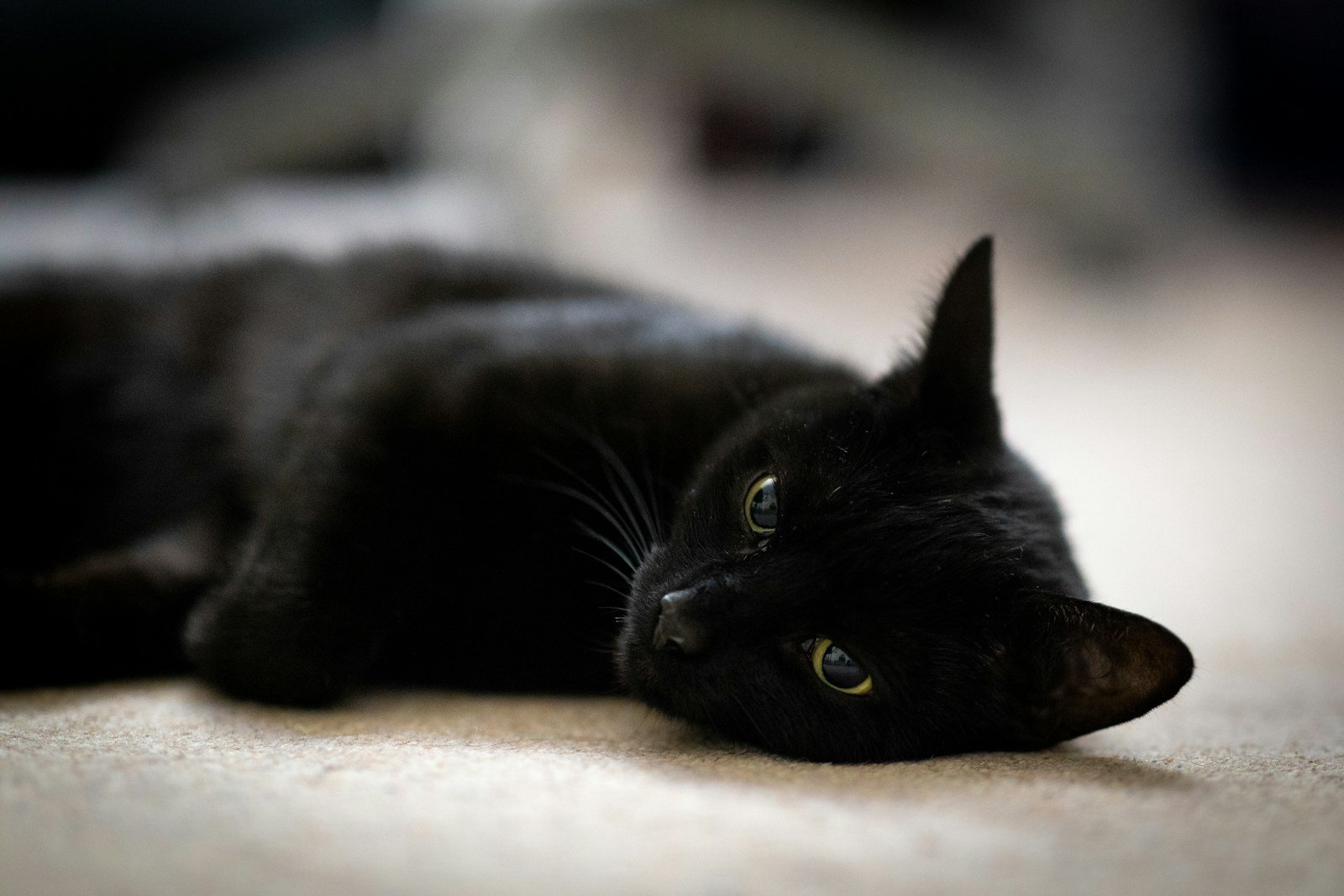
Although the fear of black cats in medieval Europe was largely rooted in superstition and a lack of understanding, contemporary perspectives are gradually shifting. Increased awareness and education about the historical roots of these fears are helping to alleviate unjust prejudices against black cats. As society moves further from the superstitions of medieval times, the hope is that black cats can be appreciated for the unique and beautiful animals they truly are.
Hi, I’m Bola, a passionate writer and creative strategist with a knack for crafting compelling content that educates, inspires, and connects. Over the years, I’ve honed my skills across various writing fields, including content creation, copywriting, online course development, and video scriptwriting.
When I’m not at my desk, you’ll find me exploring new ideas, reading books, or brainstorming creative ways to solve challenges. I believe that words have the power to transform, and I’m here to help you leverage that power for success.
Thanks for stopping by, Keep coming to this website to checkout new articles form me. You’d always love it!






